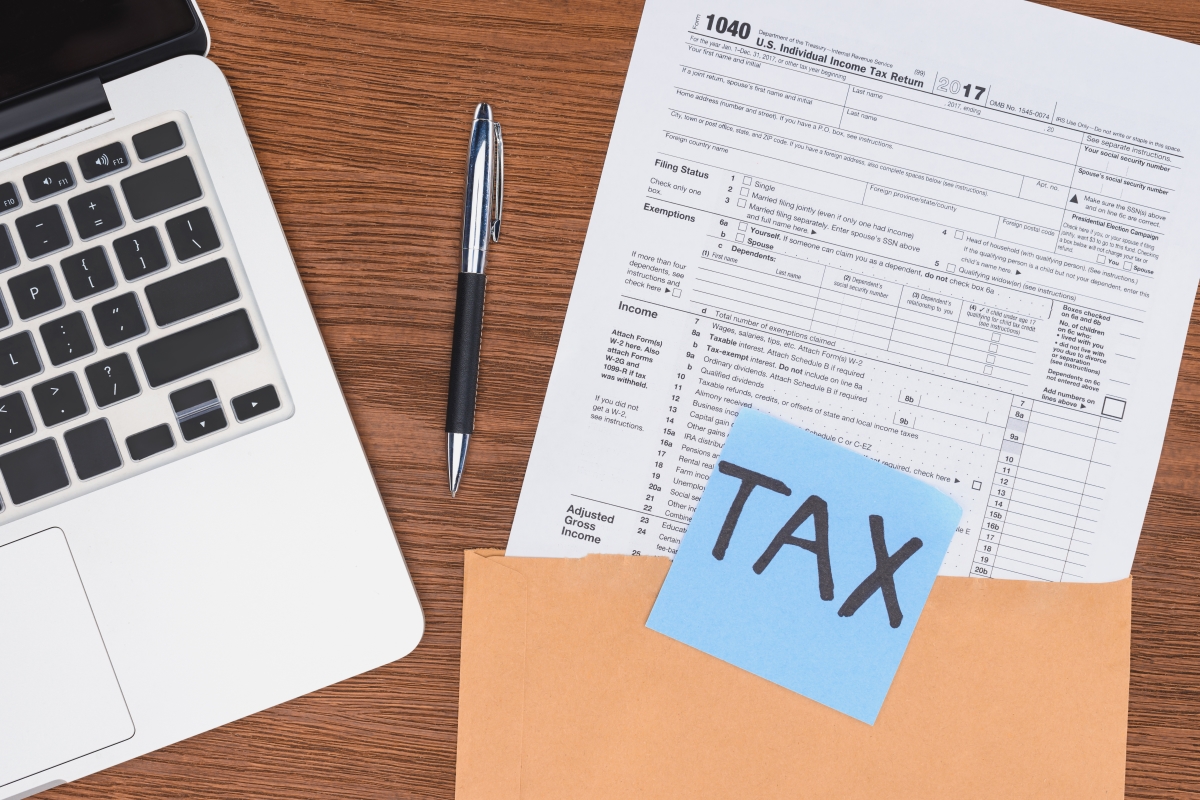
Loan limits for each major mortgage type—including conventional and VA—have received a significant boost for 2020 over last year’s limits. In some counties, the new loan limits are up to 40% higher than they were last year, giving buyers across the board access to more potential buying power. Although there is a significant degree of variation across individual county limits, the steep jumps are due to the swelling home prices that are tied to historically low-interest rates.
The Housing and Recovery Act of 2008 (HERA) stipulates that mortgage providers must provide limits that are 115% of the median home value. Consequently, several of the wealthiest zip codes in cities such as San Francisco, New York City, and Washington, D.C. saw large jumps in their limits to keep step with the increased housing costs. On the other hand, less desirable areas with falling demand saw precipitous declines—up to a 49% decrease in county loan limits.
Overall, the new, higher loan limits set by the Federal Housing Finance Agency (FHFA) afford more opportunities to potential buyers in an increasingly competitive market. These loan limits also extend to those who are already homeowners as they can take more cash out of their home’s equity, too, as reverse mortgage limits follow suit.
Conventional loans are traditional mortgages awarded to creditworthy individuals by private lenders. They must adhere to the loan limits set by the FHFA and follow the credit score and down payment guidelines that have been set by the government-sponsored Fannie Mae and Freddie Mac. The 2020 limits for conventional mortgages increased by an average of almost 5.4%, keeping pace with rising housing costs across the country.
This year, conforming conventional loan limits are capped at $510,400 in low-cost areas, up quite a bit from $484,350 in 2019 in most counties in the U.S. In high-cost areas, this year’s single-unit loan limit soars to $765,000. These properties make up a small number of notable exceptions in the highest-priced neighborhoods, mainly in California and Hawaii. Since limits for conforming mortgages vary considerably based upon location, check your local FHFA county limit to get an idea of what you will be able to borrow in 2020.
- Single units: $510,400
- Duplexes: $653,550
- Triplexes: $789,950
- Four-family: $981,700
As private lenders usually have more stringent lender requirements for their borrowers, they are free to set their own limits for nonconforming conventional loans (which do not need to adhere to FHFA loan limits), including jumbo loans. Depending on the buyer’s financial situation, jumbo loans will generally be capped around $1-$2 million dollars, and they are subject to a different set of lending requirements. Often, securing a jumbo loan will require a large down payment (10%) and a hefty amount of reserves to ensure that the buyer will not default on the loan for between 6-18 months.
The Federal Housing Administration offers mortgages for low-to-moderate-income borrowers who can qualify with lower down payments and credit scores. The FHA’s loan limits vary according to the type of property—whether it’s a single-family unit, duplex, triplex, or four-family dwelling. Also, note that FHA loans can only be used for primary residences. These loans are not available for additional or investment properties.
As with conventional loans, these limits also vary by county with higher limits assigned to pricier zip codes. Limits in 2020 were increased to keep pace with the housing market. In 2019, for example, the FHA loan limit for a single unit was $314,827. This year’s figures for a comparable property are set nearly $17,000 higher.
For 2020, the 2020 FHA loan limits for Cook county in low-cost areas are as follows:
- 1-unit: $368,000
- 2-unit: $471,100
- 3-unit: $569,450
- 4-unit: $707,700
Still, the FHA’s floor limits only rise to 65% of their equivalent conforming-loan counterparts. FHA maximum limits, however, rise to meet the FHFA conforming loan ceiling in 2020—as high as $765,600 for a single-unit dwelling in higher-cost areas.
Private lenders issue VA Loans, and a portion is guaranteed by the U.S. Office of Veteran’s affairs. As of January 1, 2020, due to a bill signed by President Donald Trump on June 25 of last year, VA loans are no longer capped by conventional loan limits.
Conventional conforming loan limits will still apply to veterans with more than one existing VA loan or who have previously defaulted on a loan, allowing veterans to borrow up to $510,400 for single-family homes through much of the US, with a maximum of $765,600 in more expensive neighborhoods.
Apart from those scenarios, VA loans are just subject to the private lender’s approval. Even though there is no limit if this is your first VA loan and you have not previously defaulted on a loan, your lender will only approve an amount that can be supported by your income and credit history.
Further, while the loan limit has been removed, the VA funding fee has also increased slightly. Veterans can still anticipate more favorable interest rates as one of the perks of their service.
Finally, they do not have to provide a down payment.
Conventional Loan: Private lenders require borrowers to have good credit and to be able to afford a reasonable down payment. To qualify for a conventional loan, you’ll need to have a score of at least 620-640. The better your score, the more favorable your interest rates will be. Lower interest rates translate to lower monthly payments. With a conventional loan, expect to provide a down payment of at least 3%, possibly more for buyers who have lower credit scores.
FHA Loan: Since the FHA is in place to make homeownership more accessible to lower and moderate-income families, the credit score requirements for FHA loans are generally more lenient than those of private lenders offering conventional mortgages.
Borrowers applying to government-sponsored FHA programs for an FHA loan should expect to have a FICO score of at least 500-579 and be able to provide a 10% minimum down payment. If you plan to put as little as 3.5% down, you’ll need a score of at least 580 in addition to verifiable employment history and income.
VA Loan: The VA does not set a minimum credit score. As private lenders are responsible for underwriting VA loans, they generally follow conventional mortgage requirements. Expect to have a 620-640 credit score to secure a VA loan, as you would need for a traditional mortgage from the same private lender.
The FHFA raised loan limits in response to increases in the price of homes for sale. Thanks to historically low-interest rates throughout last year, it is a great time to buy a home. As HERA calls for loan limits to allow for up to 115% of the median home price, the increases in 2020 limits reflect the upward pricing trends for homes in the third quarter of 2019.
Low-interest rates continue to make home-buying attractive, and with the increase in loan limits, buyers have increased purchasing power. This increase gives them access to larger amounts of capital, which affords them even more opportunities to purchase a home. Fundamentally, it now costs even less to finance a larger amount of money.
This opportunity and flexibility make it a great time to consider buying a house. The other side of this coin is that competition for the housing market is heating up. While this is great news for sellers as the number of houses on the market will struggle to keep up with the demand, it will cause housing prices to continue to escalate if the trend increases.
Recent uncertainty within the market will unfold in the coming weeks, so these trends will likely shift. Still, unseasonably low-interest rates meant to stimulate the economy mean low monthly payments, and the 2020 loan limit increases allow you to secure larger, more valuable properties than were previously accessible with lower loan limits.
Instead of the $484,350 loan limit for low-cost areas in 2019, homebuyers can access up to $510,400 through a conforming conventional loan from a private lender. FHA loans provide 65% of the conforming loan limit or $331,760 for low-cost areas. For single-unit dwellings in high-cost markets, that limit increases to $765,600. Though the imposed limits are in place for conventional and FHA buyers, recent legislation removed the cap for some VA loans. The ceiling in those cases, then, is subject to the amount the lender approves. Conventional loans above these thresholds, like jumbo loans, adhere to a different set of standards entirely.
For help with navigating conventional, FHA, or VA loans, feel free to reach out to A & N Mortgage. We’re happy to help you answer any more questions about the mortgage selection process to help you determine your best options for home buying in the Chicago area.



